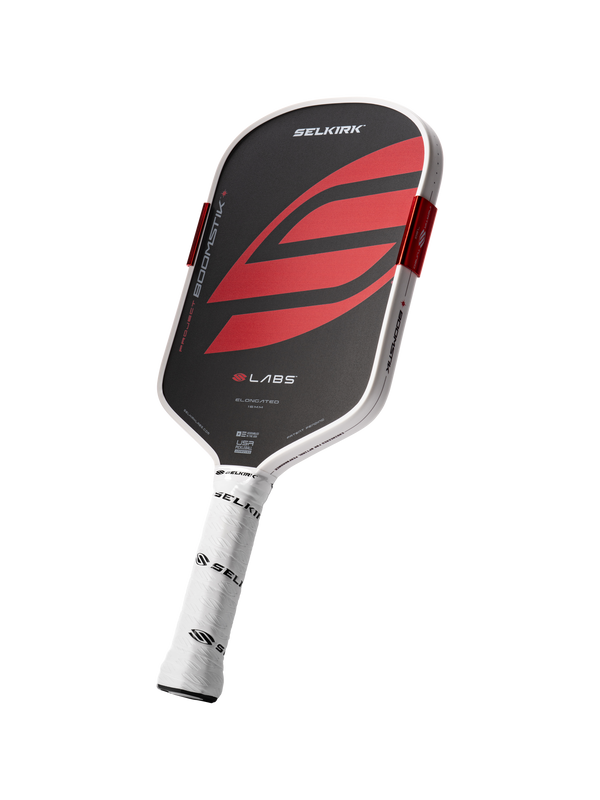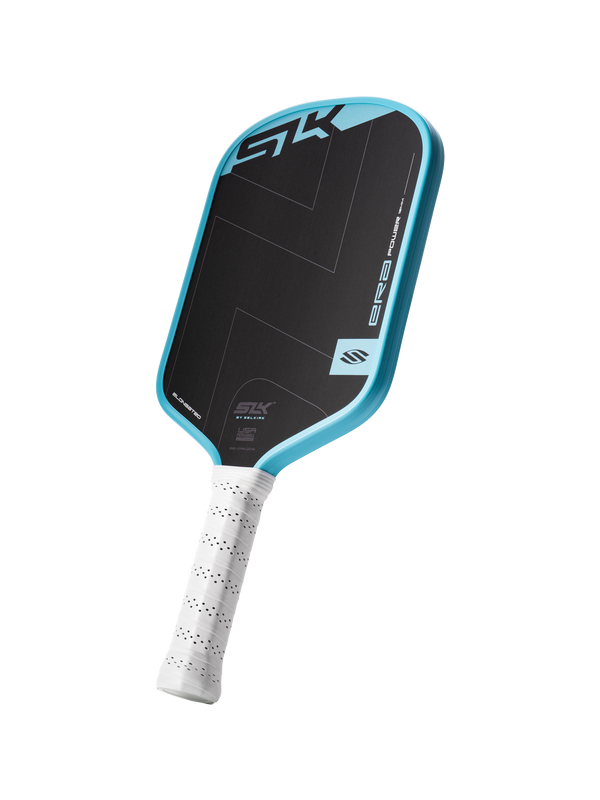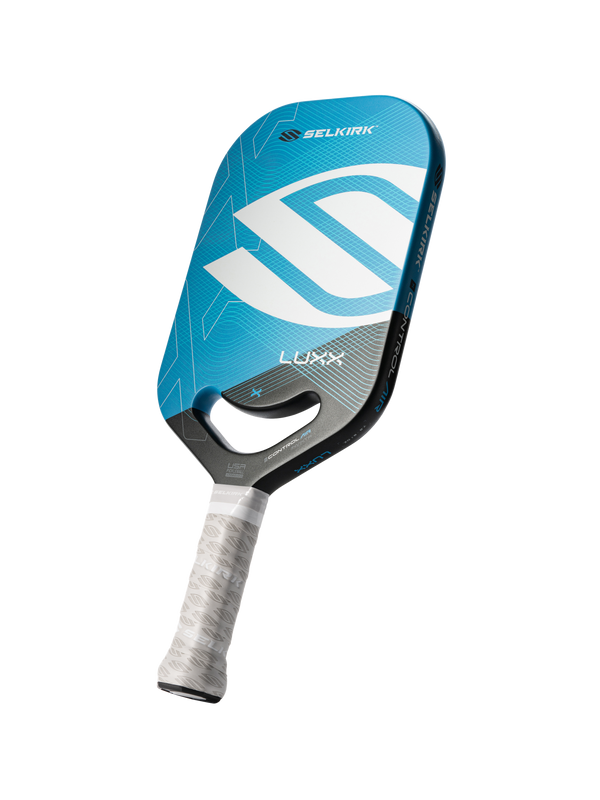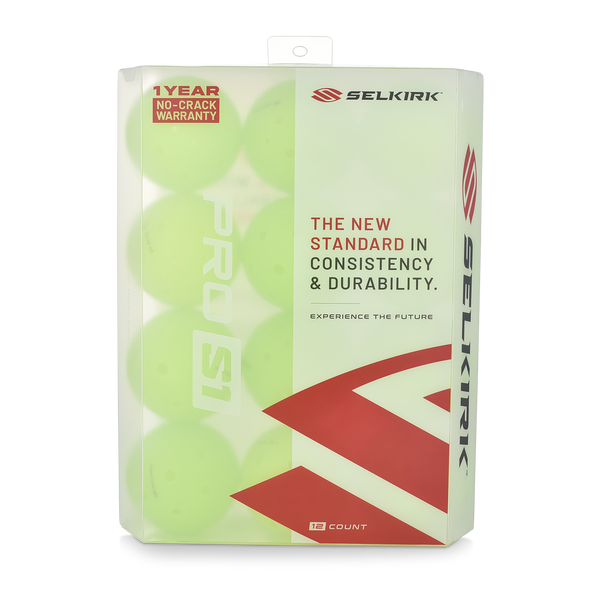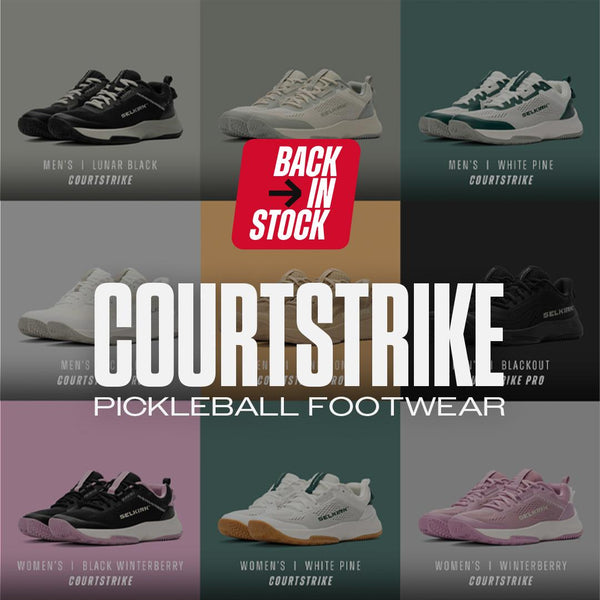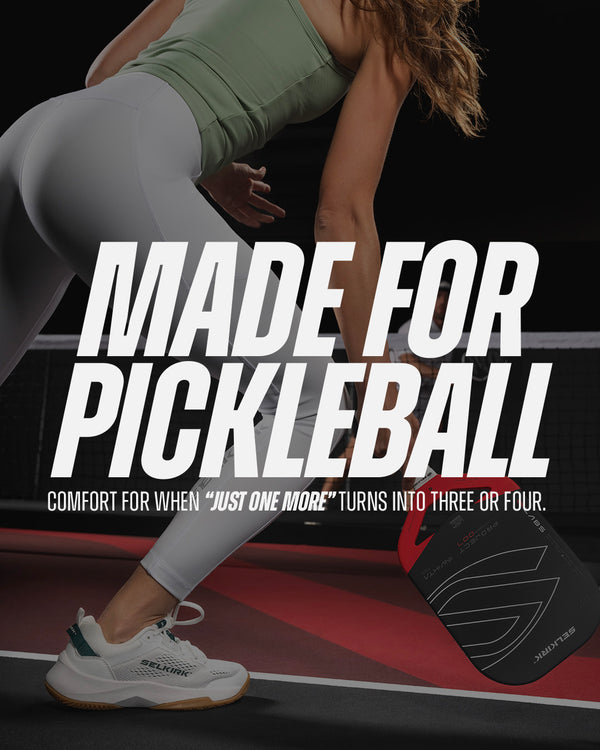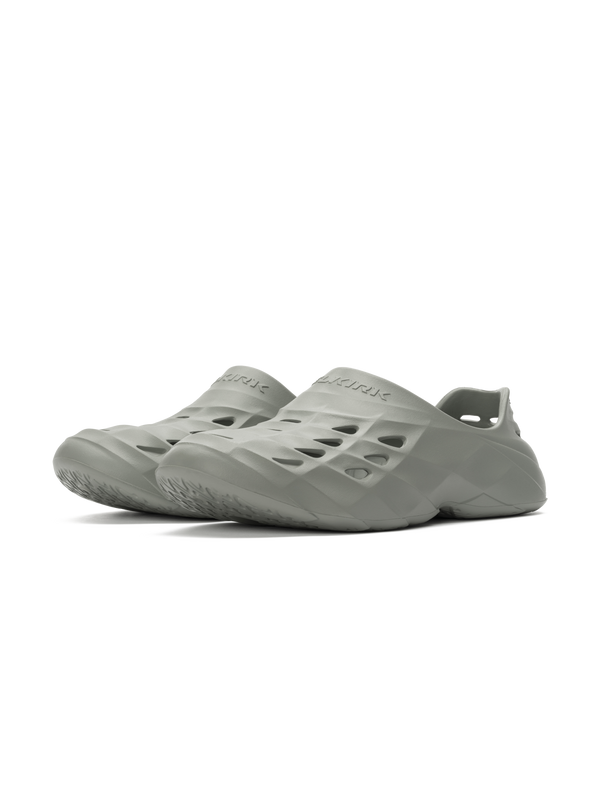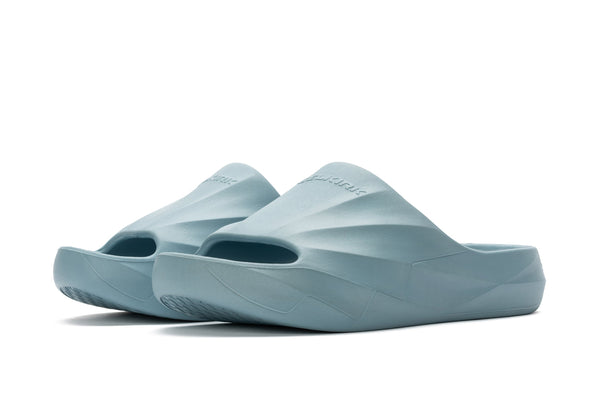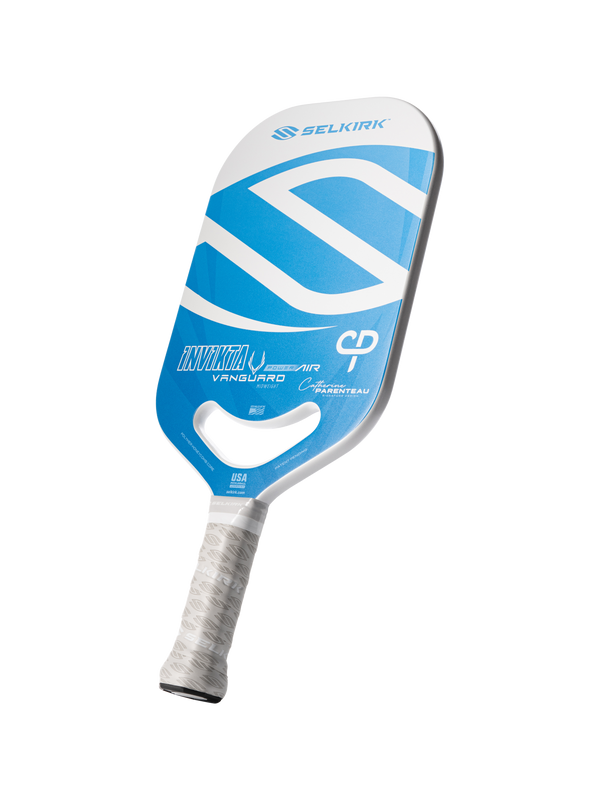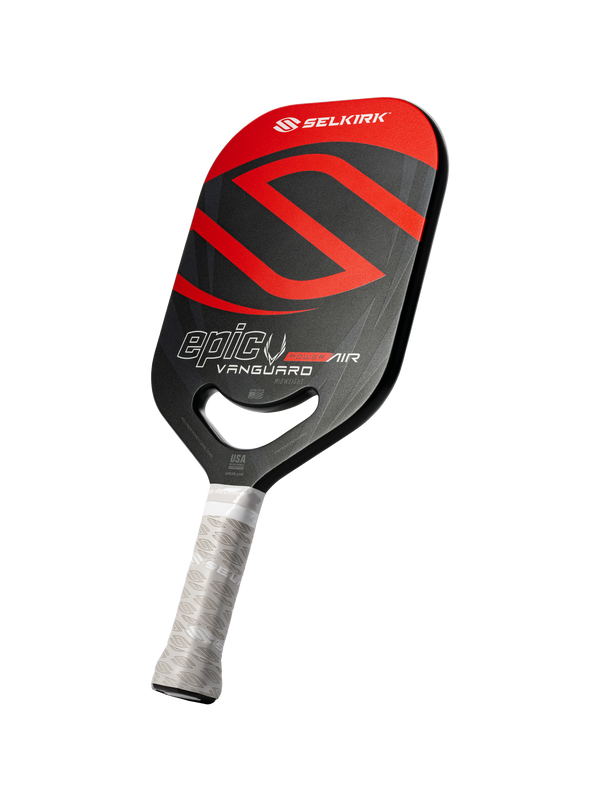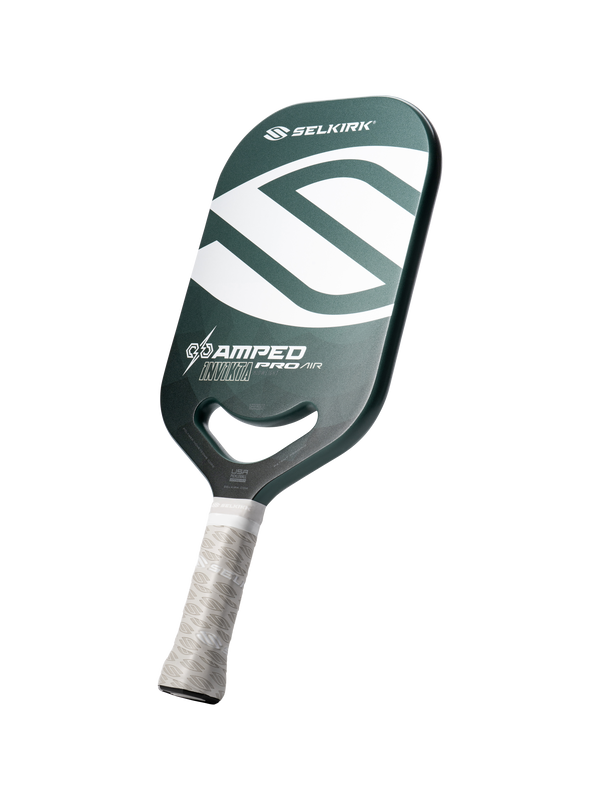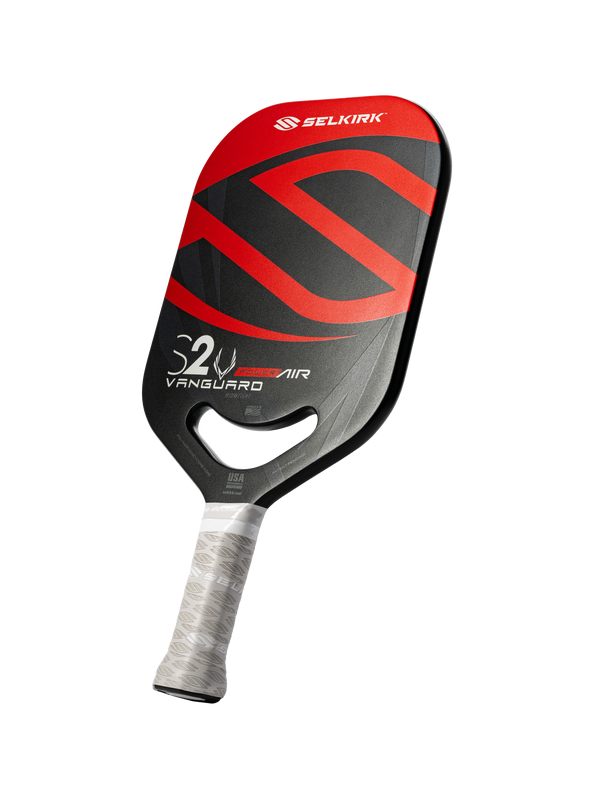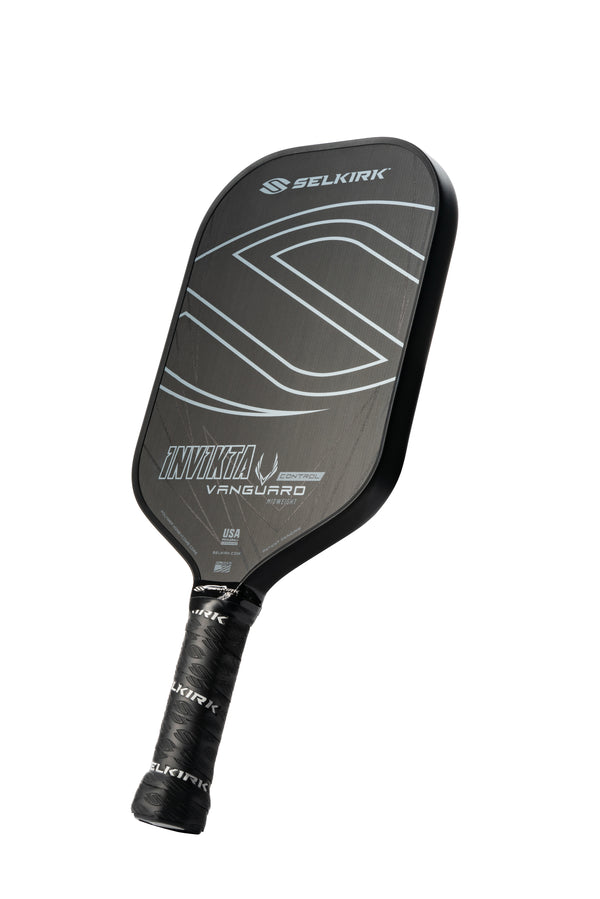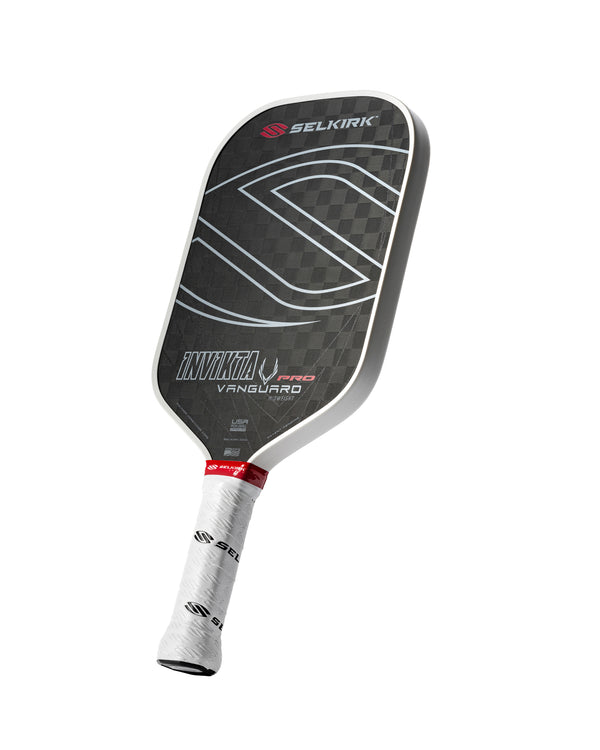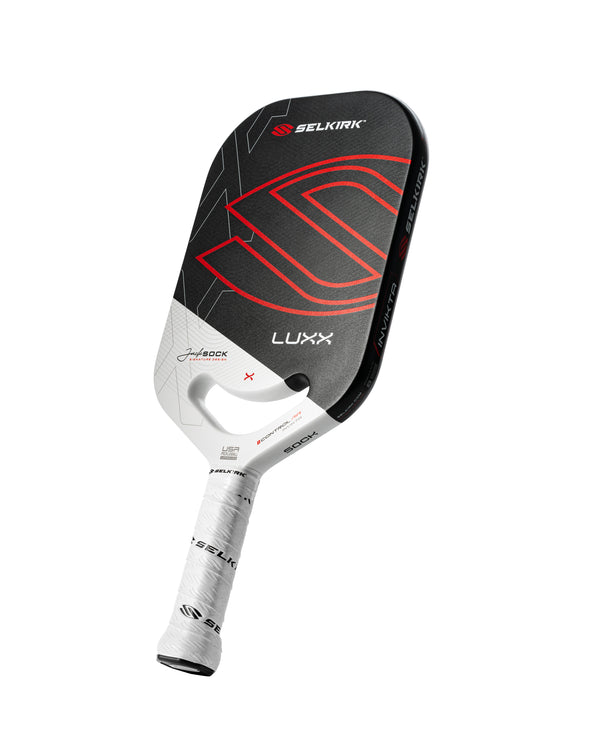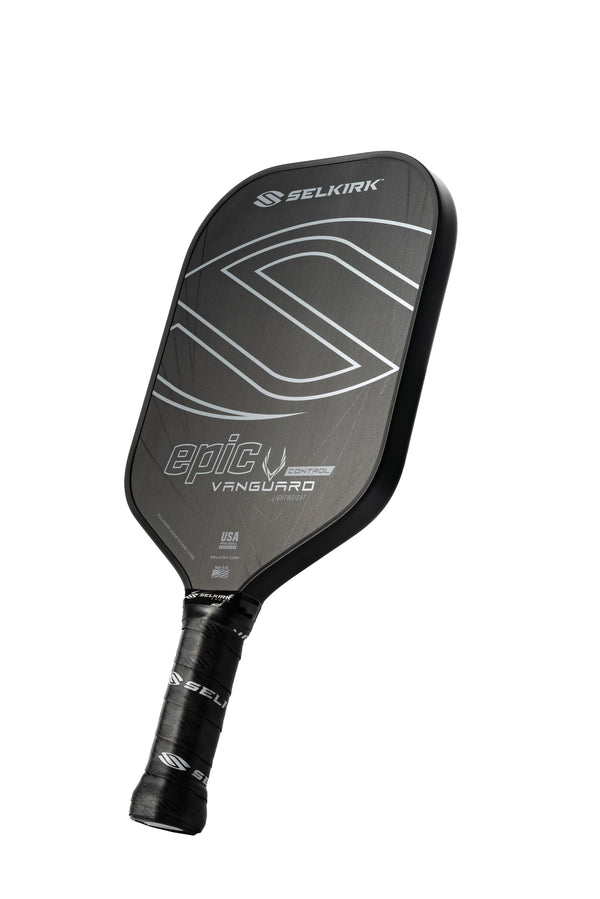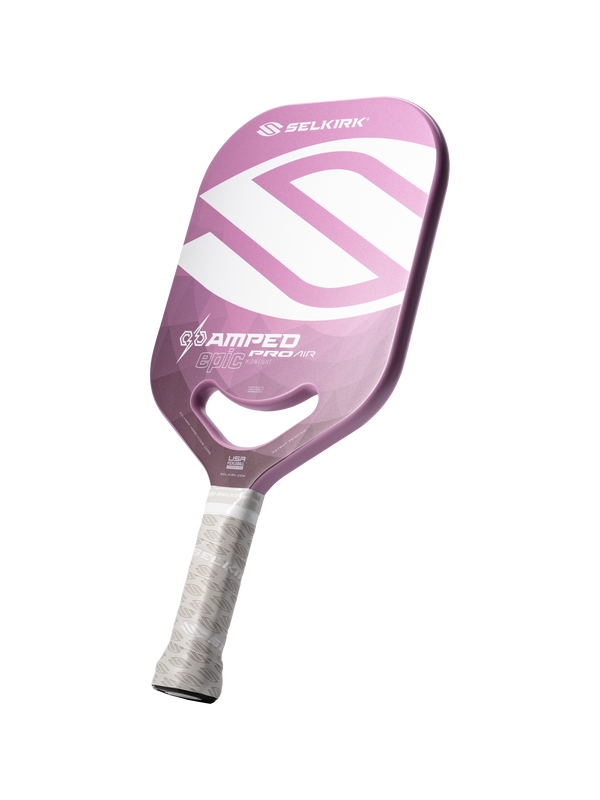Do you know all the rules?
Almost all players learned Pickleball by playing the game, not by sitting down and reading the rules. That said, how do we know the player that taught you the game truly knew all the rules? Have you ever been in the middle of a game and had something happen that made you pause and ask yourself if you really knew the rules?
Pickleball, like all games, has a rulebook. If you were to guess, how comprehensive is the Pickleball Rulebook? The answer is very comprehensive. It is 84 pages and covers everything from the court specs, to equipment, to every nuance that can and will occur while playing. Most regular players have a very good handle on the core, basic, rules of the game. If you want to be a connoisseur of the game, it is important to know some of the lesser known or mistakenly understood rules. Let’s dig deeper into that rulebook.
Equipment
Balls
When you go to purchase pickleballs, the ball packaging will list the balls as being indoor or outdoor. One could easily conclude that means you must use each type, by rule, when playing on the associated court. That is not the case, although it is the generally accepted best practice. The rules state that balls will have a minimum of 26 holes and a maximum of 40 holes. A complete list of approved balls is on the USA PICKLEBALL website.
Paddles
There are a lot of paddles available to fit the needs of the growing population of players. Common discussion points around the paddles often revolve around the dimensions. Again, the rulebook has us covered. “Size. The combined length and width, including any edge guard and butt cap, shall not exceed 24 inches (60.96 cm). The paddle length cannot exceed 17 inches (43.18 cm). There is no restriction on paddle thickness. There is no restriction on paddle weight.” A complete list of approved paddles can also be found on the USA PICKLEBALL website.
Play
Non-volley Zone (NVZ)
One of the most important things to know about the NVZ is that the lines bounding the NVZ are included as part of the zone itself. What does this really mean for you as you play?
First, it means that your serve, “…must clear the NVZ and the NVZ lines.”. If any part of the ball strikes the NVZ lines, it is considered short and a fault. This definition of the NVZ also applies to your feet, meaning you cannot be on the line at all and strike the ball before letting it bounce. Doing so is considered a fault. Finally, one of the biggest NVZ issues has to do with momentum. By rule, “During the act of volleying, it is a fault if the volleying player’s momentum causes the player to contact anything that is touching the non-volley zone, including the player’s partner.”. The rule then goes further, and this is key: “It is a fault even if the ball becomes dead before the player contacts the non-volley zone.”.
Double Hits
It does not take a ton of play before you or someone you are playing with double hits a ball. When this happens for the first time, it is often something that is given away by the audible sound of the ball striking the paddle twice, and everyone tends to look at each other wryly. Let’s clarify the official position on this unique occurrence. There is a specific double hit rule, and it states, “Balls can be hit twice, but this must occur during an unintentional, continuous, single-direction stroke, by one player.” Good news – It’s okay under normal, unintentional, incidents.
Striking the Non-return Player on Serve
Sometimes a serve gets away from you. We have all had it happen, and sometimes it surprisingly strikes the non-returner or this player will even grab it out of the air. When that happens, you might be surprised by the official scoring. “If the serve clears the net or hits the net and then touches the receiver or the receiver’s partner, it is a point for the serving team.” Bottomline, avoid those errant serves. Just let it go or you could find yourself in a dispute with your opponent.
Accidental Trick Shot
Here is one for you. Have you ever seen a player hit a shot that barely made it over the net, and whose spin, with the aid of the wind, goes back over the net without ever being hit by the receiving player? Can this really happen? Yes, and here is how it is scored: “If a ball bounces into a receiving player’s court with enough backspin or wind aid to cause it to return to the other side of the net, the receiving player may cross the plane of the net (over, under or around the net post) to hit the ball.” You are probably thinking, why would the receiving player cross the plane of the net if the ball did so on its own? The answer to that question is that the receiving player MUST strike the ball to win the point. This is rare, but if it happens and you are on the receiving end, you must hit the ball. Yeah, good luck with that one.
Conclusion
For those looking for a basic rules summary, there is a good one on the USA Pickleball website. That said, do not be afraid of the full rulebook. It is not as bad as you would think an 84-page technical document would be, and it really does cover a lot of interesting things. By giving it a review, you know you will be playing the right way. It will also be fun for you to be the person others on the courts can rely upon to clarify rules disputes and unique occurrences. You can also be sure that as you bring new players into the game yourself, you are doing so with a good handle on the detailed rules of the game. It will make them a better player and help them get more enjoyment in the long run.
Find out more about the basic rules of pickleball here. For some unwritten rules of the game, you can learn more here.
Written By: Christopher Amidzich


